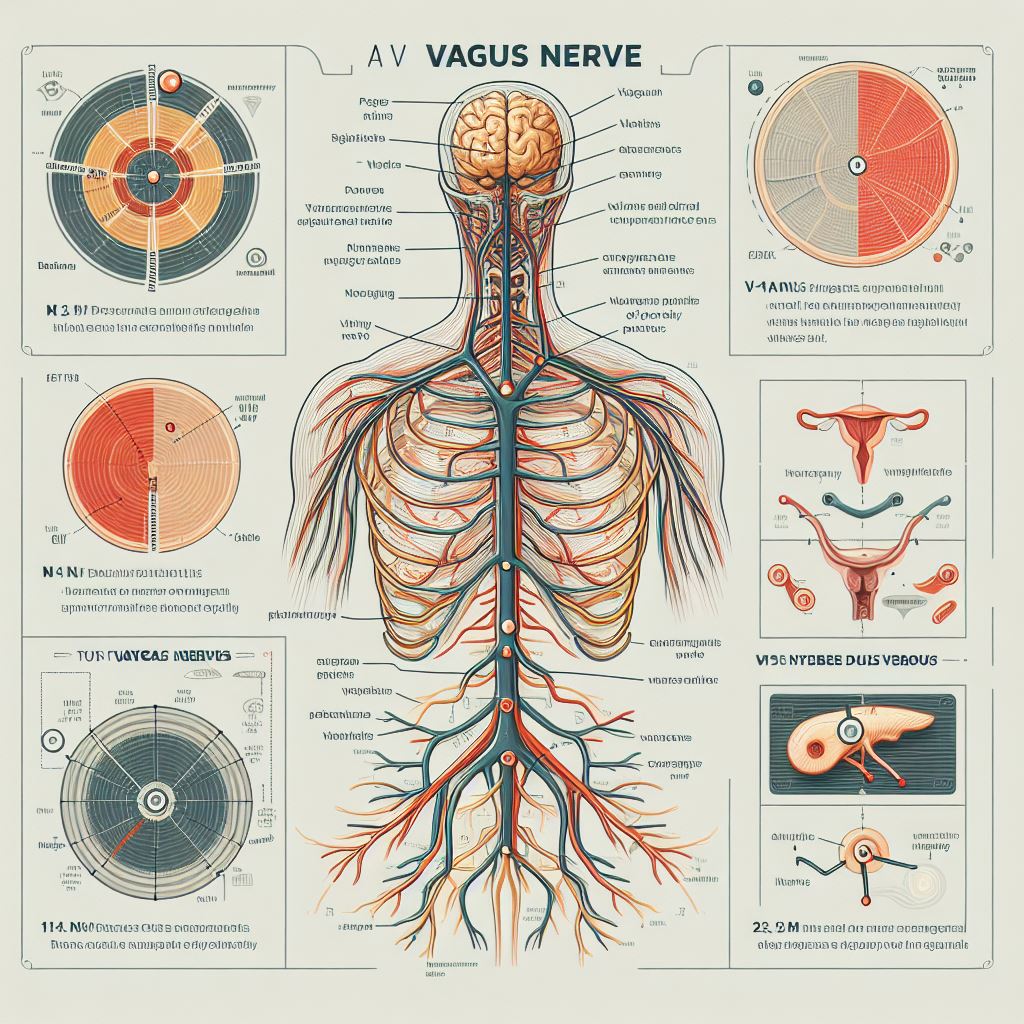Basic mechanisms of IAMZS
- admin
- 03/28/2024
- last update27 April 2024

The underlying mechanisms of IAMZS are not fully understood, but some hypotheses have been proposed based on the existing literature.
One possible mechanism is that IAMZS activates the vagus nerve, which innervates the ear muscles and has connections to various brain regions involved in motor control, such as the basal ganglia, the cerebellum, and the motor cortex¹.
By stimulating the vagus nerve, IAMZS may modulate the neural activity and neurotransmitter levels in these regions, leading to improved motor function¹.
Another possible mechanism is that IAMZS enhances the sensorimotor integration between the auditory and the motor systems, which are both impaired in PD patients².
By providing auditory feedback to the motor system, IAMZS may facilitate the coordination and timing of movements, resulting in smoother and faster gait².
A third possible mechanism is that IAMZS induces neuroplasticity in the brain, which is the ability of the brain to reorganize and adapt to changes³.
By repeatedly stimulating the ear muscles, IAMZS may induce changes in the synaptic strength and connectivity of the neurons involved in motor processing, leading to long-term improvement of motor function³.
These are some of the potential mechanisms of IAMZS, but more research is needed to test them empirically and to identify other factors that may influence the effectiveness of IAMZS, such as the optimal frequency, intensity, duration, and timing of stimulation.
IAMZS is a novel and promising technique that may offer a new way of treating PD patients who suffer from motor impairments and complications from levodopa.
(1) The frequency and cueing mechanisms of involuntary autobiographical ….
(2) The Effects of Instruction on the Frequency and Characteristics … – PLOS.
(3) The effects of instruction on the frequency and characteristics of ….







